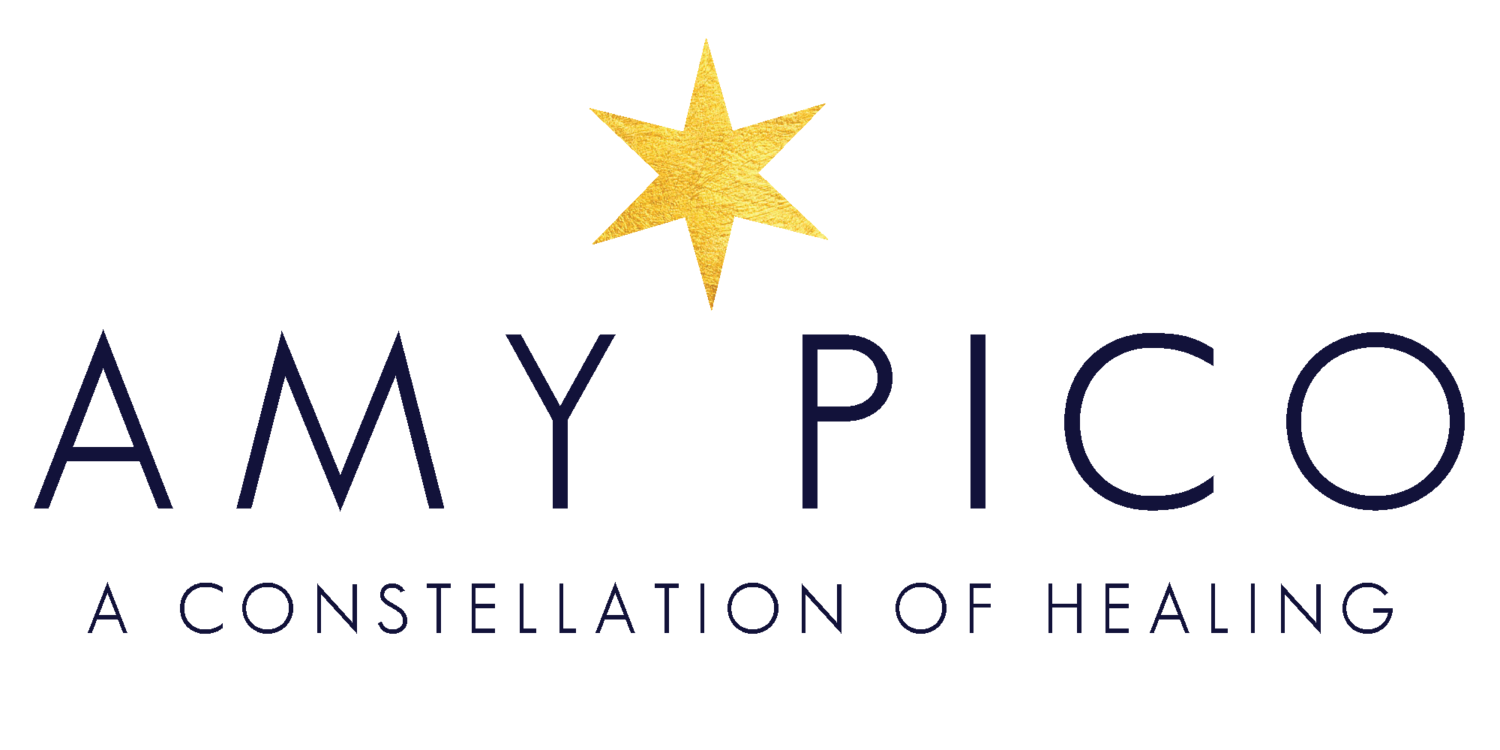Like many people, I love being around large bodies of water. The type of water does matter. While the ocean is my first pick, the main requirement is that the water is always moving. I want to know that things are moving along, in and with the body of water.
In reading Charlotte Joko Beck’s second book, Nothing Special, she uses an analogy of whirlpools and stagnant waters. In our life, we have a tendency to forget that our life began as a part of the rushing river of life. We often will create whirlpools around one area of our lives to avoid pain. Other areas might become stagnant all together due to trauma or grief.
Once we have that whirlpool or stagnant water in our lives for a while, it begins to feel normal. This could equate to physical stagnation of the body, or emotionally creating whirlpools around our grief that we just can’t let go of. Either way, if these states become normal, we often feel stuck. This may be a time when we seek therapy, or try a new meditation routine, or even become physically sick or depressed if the stagnation lingers.
In order to know where we are stagnant, we first have to acknowledge where we may have symptoms of depression, fear or anger. We may also ask if we are comfortable holding on to these feelings, or if we are willing to become uncomfortable in allowing that stagnant water to become part of the river of life.
The truth is, we don’t like fresh air very much. We don’t like fresh water very much. It takes a long time before we can see our defensiveness and manipulation of life in our daily activities. Practice helps us to see these maneuvers more clearly, and such recognition is always unpleasant. Still, it’s essential that we see what we are doing. The longer we practice, the more readily we can recognize our defensive patterns. The process is never easy or painless, however, and those who are hoping to find a quick and easy place of rest should not undertake it.
Charlotte Joko Beck, Nothing Special
So how does a person become unstuck, once they realize they have created some stagnant waters?
Any practice of meditation: Time with yourself, with your thoughts, just being present. For first time meditators, I recommend Calm or Headspace.
Seek professional guidance: This could be a meditation or yoga teacher, spiritual director, or psychotherapist. Someone who emulates qualities you would like to grow.
Trying new things: One of the easiest ways to get unstuck is to challenge yourself with trying something new. If you are feeling extra brave, try that new thing by yourself without bringing a friend!
In becoming more of the flowing river of life, we have to become uncomfortable. These practices are not meant to create more comfort. Simply thinking about moving yourself out of stagnant water is a great first step. If you want to seek guidance and see if my services can help you become unstuck, then schedule your FREE 20-minute consultation with me here.


